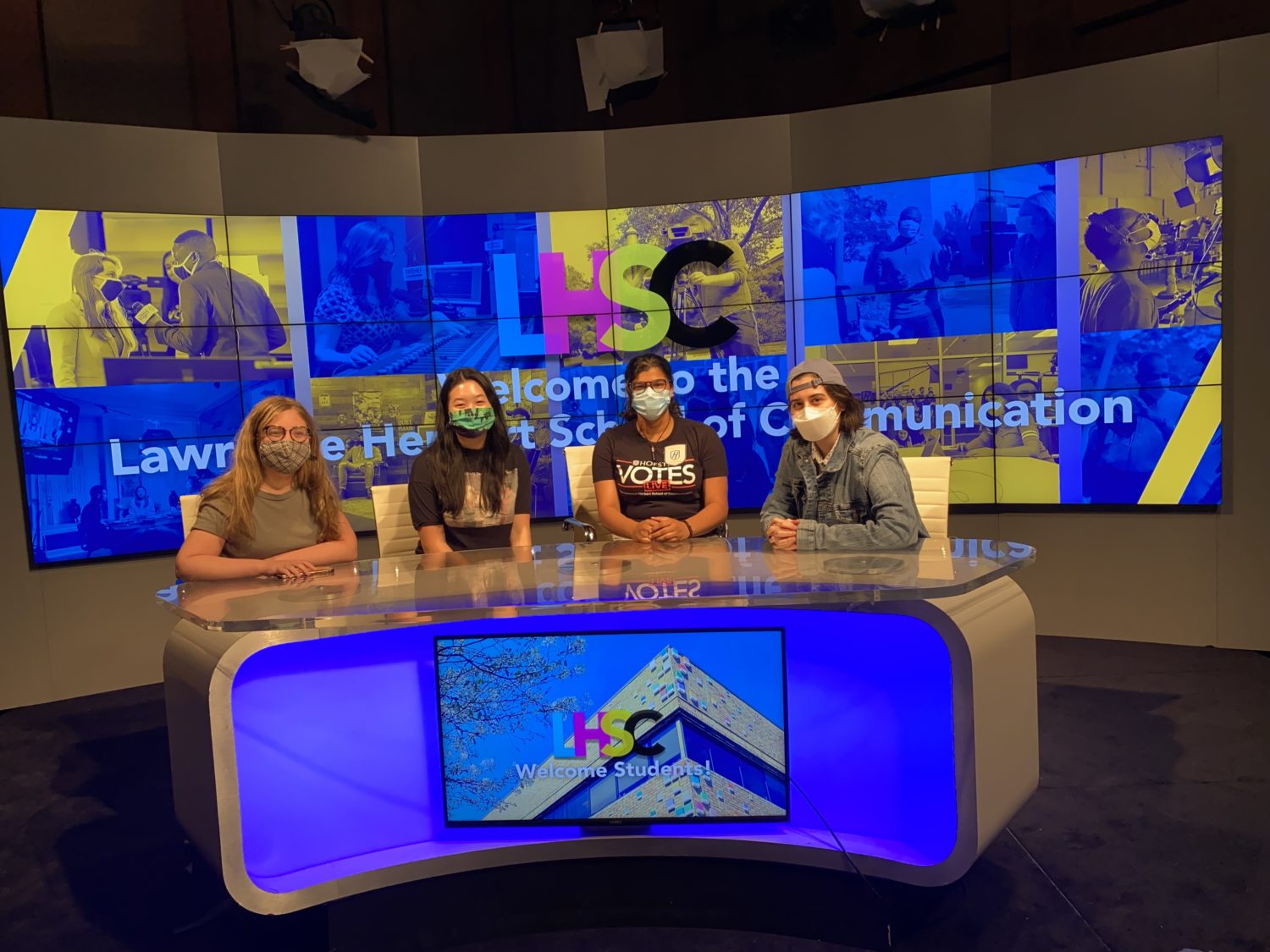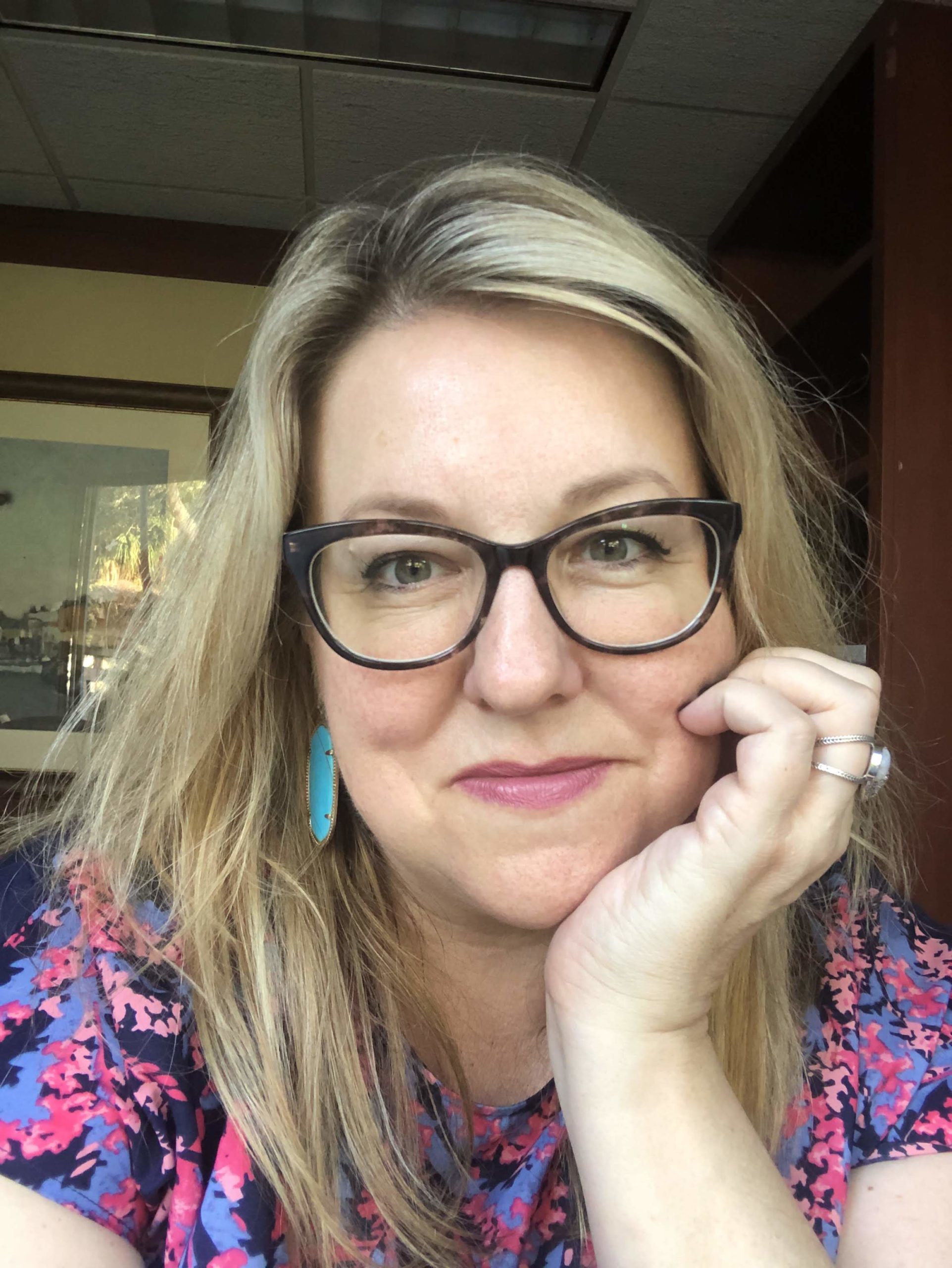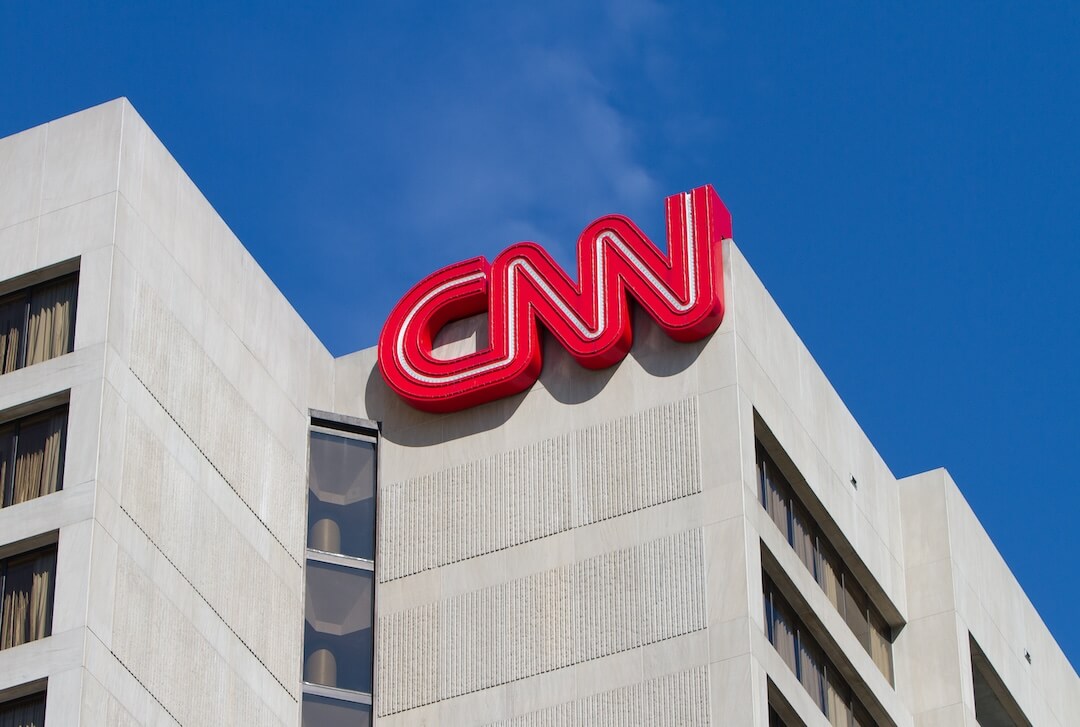Every month, I get onto a Zoom with Taylor Blatchford, engagement editor for The Seattle Times’ investigative team and the editor of The Lead, Poynter’s newsletter for student journalists.
We share our plans for the upcoming months to make sure we’re serving the needs of the journalism education community while complementing each other’s work (and also frequently complimenting it, because that’s what buddies do).
Recently, I told her that the Alma Matters survey, which several of you were kind enough to fill out, specified a desire for more outstanding work by college journalists, both in classes and for college media outlets.
In other words, you seem hungry for examples of great student journalism.
While we’re still perfecting ways to collect such pieces, I wanted to direct your attention to the work of the collegiate journalists in last year’s Poynter College Media Project.
If you are looking for examples of meaningful, impactful work for your student media group or for a class assignment, here is a short list of ideas with links to their work.
- Texas A&M University San Antonio: Students at El Espejo magazine examined how the pandemic impacted student groups at this relatively new campus, which is largely commuter and serves a population of mostly Hispanic students. The PDF of their fall 2021 magazine is here.
- The University of Alabama: The Crimson White set out to create a COVID-19 dashboard that would track student, faculty and staff infection and vaccine rates. When the university was uncooperative with records, the team pivoted to cover other COVID-19 stories on campus throughout the semester. Read more here.
- The University of Miami: In 2020, the U made national news when it was accused of using facial recognition software on its students, which officials there denied. Independent journalism students at The Hurricane and UMTV thought otherwise, and launched a three-part investigation into what constitutes facial recognition, how it’s being used at Miami and the implications for other campuses across the country.
- Penn State University: The Daily Collegian examined the lasting impact of the Jerry Sandusky indictments a decade after they were handed down. The result was their “Sandusky’s Imprint” website and a special print section PDF.
- The University of Montana: Students at The Kaimin were prepared for a semester of open carry before a court stopped the action. They examined Montana gun culture and law, and looked toward the future at the possibility that guns would be a reality across the educational environment they studied and worked in. The result was In the Crosshairs (website) and this special section PDF.
- The University of Wisconsin-Madison: Students at The Daily Cardinal investigated the long-term implications of gentrification and how the uptick in student housing construction impacts the city of Madison. Their final projects were The Student Living Issue (PDF) and their Choose Your Impact website.
- Hofstra University: Students here wanted to create a nonprofit student media group that would examine the most pressing issues on campus. Their investigation for The Hofstra Clocktower specifically looked at educational disparities in Long Island public schools.
While the Poynter College Media Project is on hiatus pending more funding, we are always on the lookout for great work from collegiate journalists. At any point during the semester, I hope you’ll send me links to the work of your students that you’re most proud of.
Most of all, keep up the good work of helping and inspiring the next generation of journalists.
News of note
Mark your calendars for Student Press Freedom Day, set for Feb. 24, with the theme “Unmute Yourself.” Learn more at studentpressfreedom.org. Consider the ways you might work within student media to highlight the importance of press freedom.
NLGJA: The Association of LGBTQ Journalists is hosting its second virtual Student Conference, Feb. 25-26. Students will “learn from media experts, connect with fellow student journalists, and explore the intersections of the news industry and LGBTQ identities.” Registration is free for NLGJA student members or $25 for non-members.
Here’s some insider scoop … Poynter is looking for an audience engagement editor. The ideal candidate will have a bachelor’s degree (or comparable experience in journalism), experience managing social feeds, and excellent copywriting/editing skills, with an emphasis on social media writing. This is a great job for new and recent graduates working directly with Poynter’s editorial team. Ideas and curiosity drive us, and we’re more impressed with someone who wants to explore new ways of engaging with our audience of journalists and media aficionados than a lengthy resume. Think you’ve got a recent graduate who might be a good fit? Send them our way!
Headlines about higher ed
- The Skinny on Recommendation Letters (Inside Higher Ed)
- The Nonprofit College That Spends More on Marketing Than Financial Aid (ProPublica)
Great journalism to share with your students
- 19 Killed in New York City’s Deadliest Fire in Decades (New York Times)
- More than 1,700 congressmen once enslaved Black people. This is who they were, and how they shaped the nation. (Washington Post)
Diversity, equity and inclusion
- Amid trans athlete debate, Penn’s Lia Thomas loses to trans Yale swimmer (NBC News)
- At-Home Coronavirus Tests Are Inaccessible to Blind People (New York Times)
Internship Database
This week, we’re featuring the Pulitzer Center, which has two internships open. The Campus Consortium Reporting Fellow Intern and the Campus and Outreach Intern will work 10-20 hours a week for about one semester with the possibility of extension. Applications are due Jan. 25.
See our entire database here.
This week in fact-checking
Last week, signatories of the International Fact-Checking Network including PolitiFact wrote an open letter to YouTube CEO Susan Wojcicki in which they asked YouTube to change its policies around misinformation proliferating on the site.
The letter reads in part: “Your company platform has so far framed discussions about disinformation as a false dichotomy of deleting or not deleting content. By doing this, YouTube is avoiding the possibility of doing what has been proven to work: our experience as fact-checkers together with academic evidence tells us that surfacing fact-checked information is more effective than deleting content. It also preserves freedom of expression while acknowledging the need for additional information to mitigate the risks of harm to life, health, safety and democratic processes.”
The group had several suggestions for next steps, including getting YouTube committed to meaningful transparency about disinformation on the platform and focusing on providing context and offering debunks, clearly superimposed on videos or as additional video content.
This week’s Professor’s Press Pass
In the wake of the sentencing of Ahmaud Arbery’s killers, we look at one local reporter’s diligence and tenacity in investigating the real story behind Arbery’s shooting. You can read these and other case studies here in our Professor’s Press Pass (subscription required).
Resources for Educators
- Get access to a growing library of case studies — Professor’s Press Pass
- Hands-on Fact-checking: A Short Course (Webinar) — Start Anytime
- Language, Math and News Literacy Certificate (Webinar series) Start anytime
- Understanding Title IX — Create unique reporting around your school’s cases and institutional practices — Start anytime







